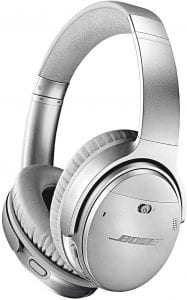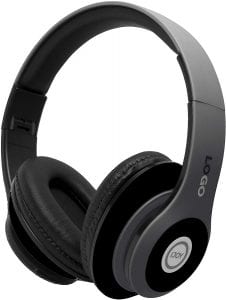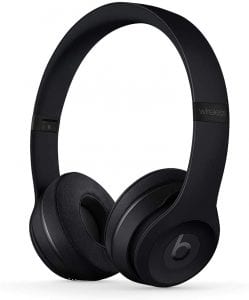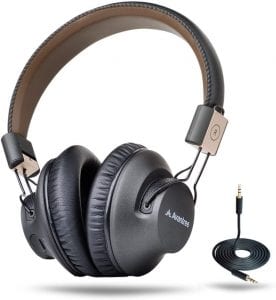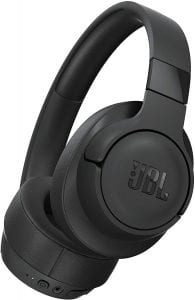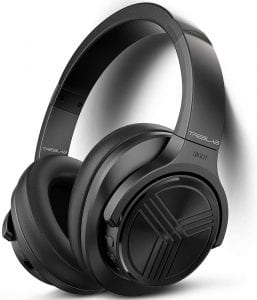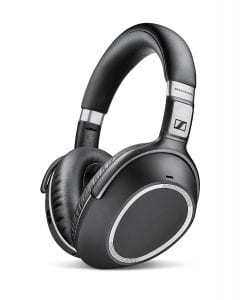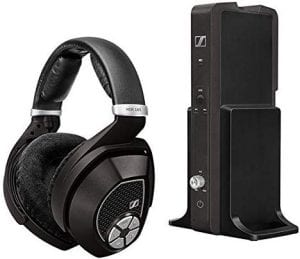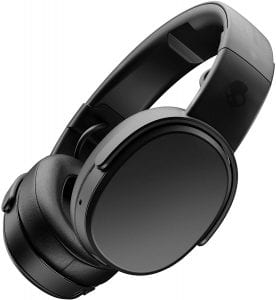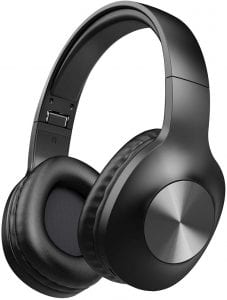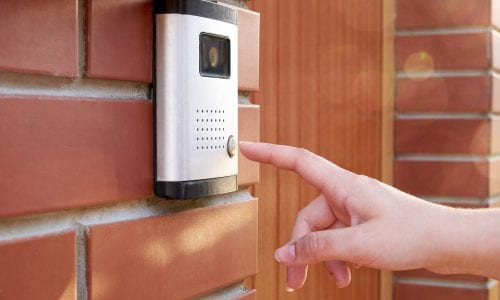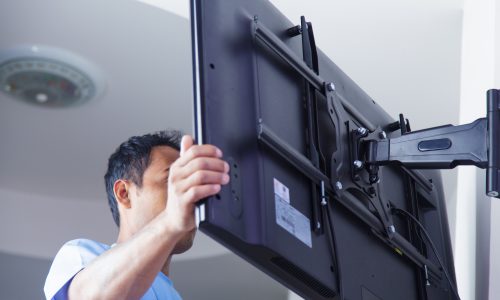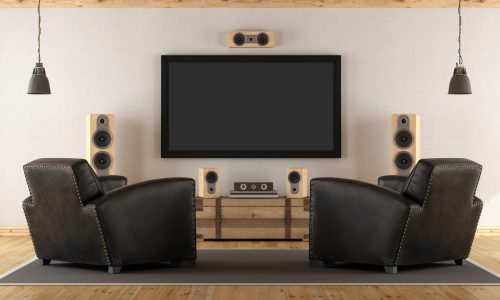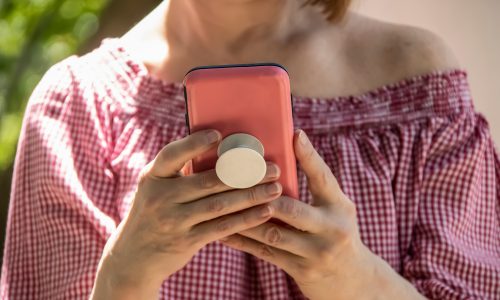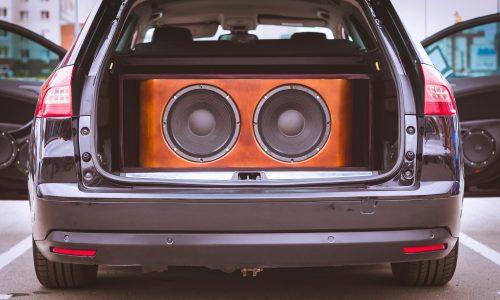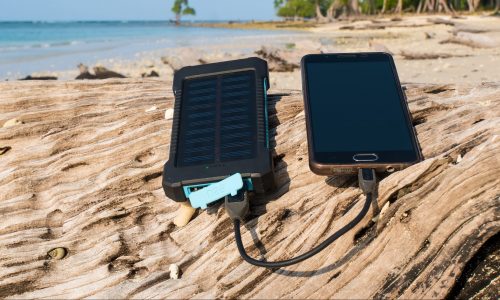The Best Wireless Over-Ear Headphones
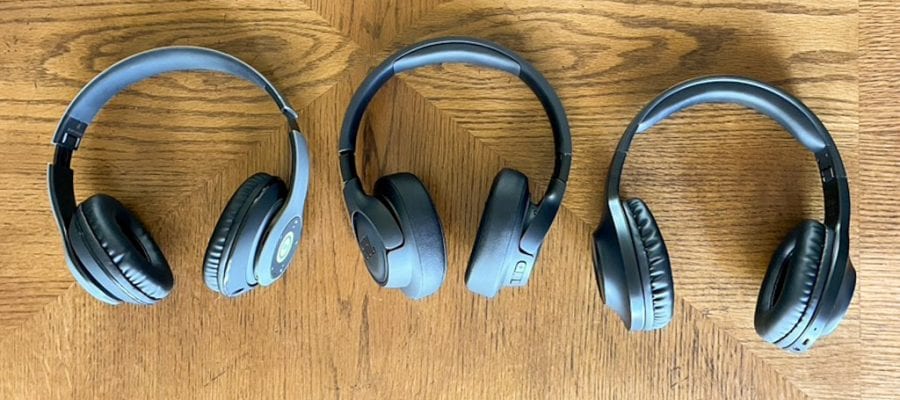
Our Review Process
Don't Waste Your Money is focused on helping you make the best purchasing decision. Our team of experts spends hundreds of hours analyzing, testing, and researching products so you don't have to. Learn more.
Our Picks For The Top Wireless Over-Ear Headphones
- 1. Bose QuietComfort 35 II Alexa Enabled Wireless Over-Ear Headphones
- 2. iJoy Matte Finish Bluetooth Over-Ear Headphones
- 3. Beats Solo3 Wireless Over-Ear Headphones
- 4. Avantree APTX Bluetooth Wireless Headphones
- 5. JBL TUNE 700BT Wireless Over-Ear Headphones
- 6. TREBLAB Z2 Over-Ear Wireless Headphones
- 7. Sennheiser NoiseGard Bluetooth Headphones
- 8. Sennheiser RS 185 RF Wireless Headphones
- 9. Skullcandy Crusher Bluetooth Over-Ear Headphones
- 10. LETSCOM Hi-Fi Deep Bass Wireless Over Ear Bluetooth Headphones
Super stylish is the best way to describe this bright silver pair of wireless over-ear headphones. The headphones offer three noise cancellation levels and padded ear cuffs. They also pair effortless with your Bluetooth devices, so you can begin using them immediately.
Most ReliableYou'll find these wireless over-ear headphones are enabled with Alexa, which means they'll respond to your voice commands.
Transporting these wireless over-ear headphones to work or school is a breeze, as the earcups are foldable. The headphones are Bluetooth compatible and have a long six hours of play time with each charge. The five-button control also allows users to quickly switch from playing music to answering a call.
Multiple Color OptionsWith these wireless over-ear headphones, you'll have a choice between seven different colors, including blue, rose gold, violet and stealth.
Lively sound and best-in-class battery life put these wireless over-ear headphones ahead of competitors. Although most headphones top out at 30 hours of battery life, Beats offers up to 40 hours with this model. If your battery runs out, just a few minutes of charge can buy you at least a couple more hours of listening time.
Best Battery LifeWith up to 40 hours of battery life, you can enjoy these wireless over-ear headphones for several days between charges.
Not only will these wireless over-ear headphones set hold up with daily use, but it boasts an impressive battery life. It has built in NFC, which lets you pair them with just one tap. You'll also love the design detail, which makes them look like a luxury item.
Best for Daily UseThose who wear their headphones all day, every day, should consider these durable wireless over-ear headphones.
Buying Guide
In recent years, over-ear headphones have made a resurgence as some consumers have traded in their earbuds for better sound. Some over-ear headphones also feature noise-cancellation functionality, which comes in handy while you’re traveling. But as Digital Mom Blog’s Molly Thornberg points out, today’s consumers want the same wireless functionality that they can get with wireless earbuds.
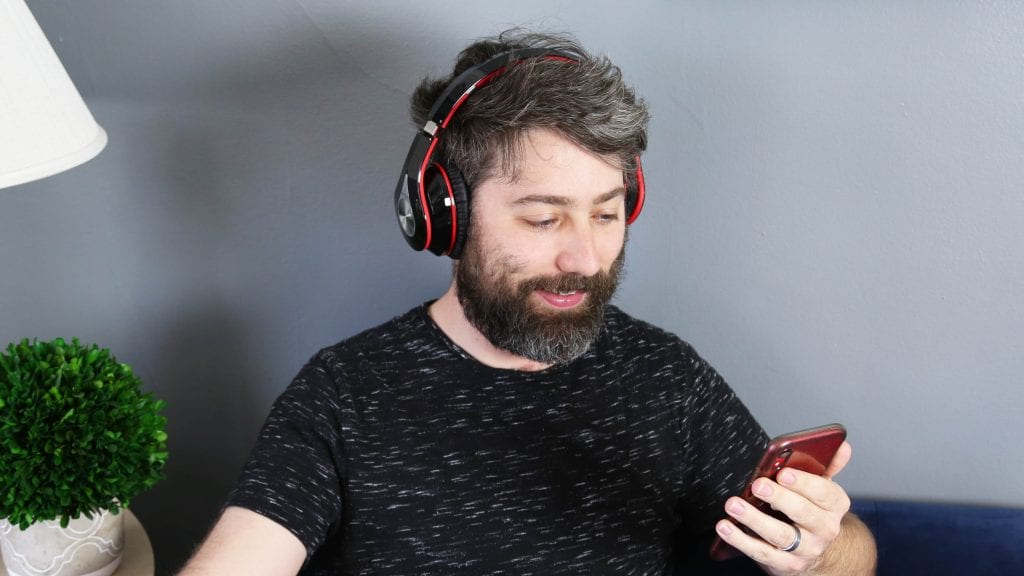
“Wireless over-ear headphones are traditional headphones that go over the ears, but don’t have a wire,” says Thornberg, who regularly writes about technology on her blog. “This popular style of headphones connects to a device via Bluetooth, giving you the freedom to listen without having to worry about a wire.”
But there are a few things to consider when you’re picking out a pair of wireless over-ear headphones. You’ll need to make sure you choose a pair that provides reliable Bluetooth connectivity, not to mention one-touch linkup. Trying to connect devices via Bluetooth can easily get frustrating.
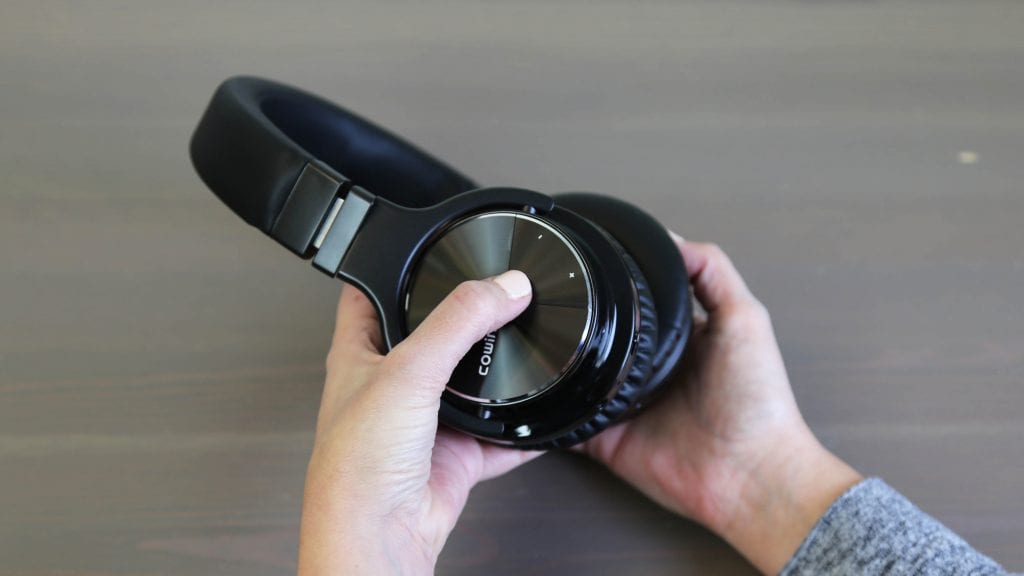
If you’re buying over-ear headphones for noise-isolating functionality, you’ll first want to check to see whether the pair you’re considering includes active noise-canceling. Headphones with that feature automatically create a sound wave that blocks out the level of noise detected around you. Some headphones simply create a seal around your ear and have you play music to block out noise, but active noise cancellation can be especially beneficial if you work in noisy environments or you travel via airplane.
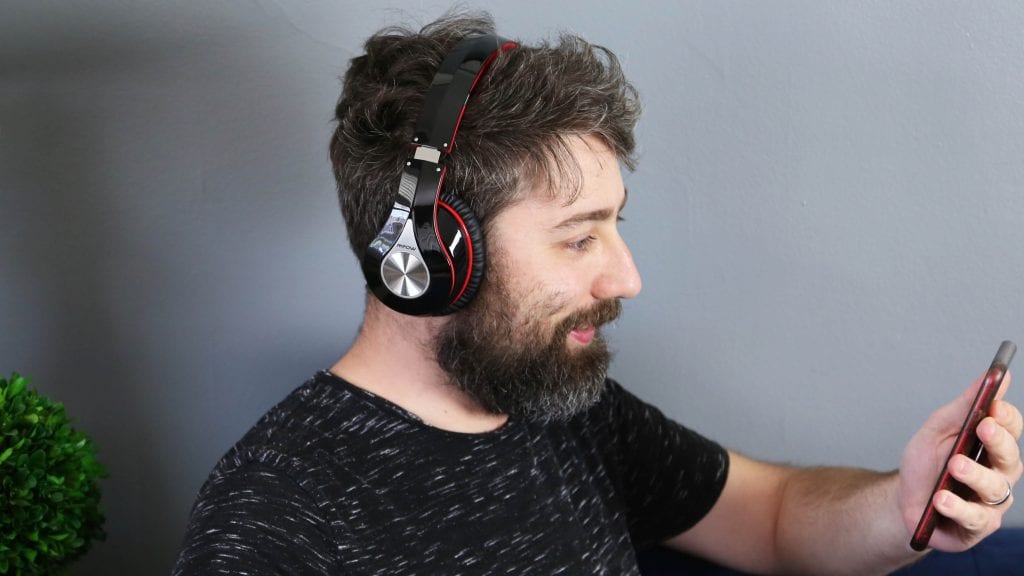
It’s also important to consider sizing when you’re choosing a pair of over-ear headphones. Unlike earbuds that slip into almost any size ear the same, over-ear headphones need to work with the circumference of your head. Many come with adjustable headbands to help create that perfect fit. An ill-fitting pair of over-ear headphones can make it tough to get that seal you need to shield your eardrums from all that crowd noise around you. If you’re buying headphones for younger adults or you have a larger head size, you may want to measure your own head and compare it to the headband size before buying.
Our Expert Consultant

Technology and parenting blogger
Molly Thornberg is a professional writer, creative and mom to four kids, living her best life outside of Dallas, Texas. With a love for all things tech, she is passionate about helping parents raise kids in the digital age. She writes about technology, parenting and humor on her blog Digital Mom Blog.
What to Look For
- When it comes to noise cancellation, no two pairs of headphones are equal. It’s important to first distinguish between active and passive noise cancellation, with active noise cancellation generating sound waves to keep outside noise from getting to your eardrums. Passive noise cancellation simply uses the build of the earcups themselves to keep noise out. Some may prefer the passive approach in situations where they still might need to hear, such as on an airplane when a pilot could come over the intercom with important announcements.
- If you’re using your headphones while exercising or working around the house, make sure you choose a pair with controls that you can easily reach. Relying on your smartphone to pause or adjust the volume can be problematic when you’re wireless since your device may be on the other side of the room. But it’s also important to make sure the controls aren’t in a location where you might accidentally press them, especially if you plan to wear them while lying down.
- As with other wireless products, wireless headphones require a battery for the Bluetooth connection. Some over-ear headphones have batteries that last as long as 30 hours, which will come in handy if you’ll be away from the charger for a while.
- The best thing about wireless headphones is that they give you the freedom to roam around without your phone on you. That means if you’re cleaning or exercising, you can simply set your phone down nearby and enjoy a hands-free listening experience. But it’s important to check just how close to your device you’ll have to stay while listening. “Find out how far the headphones can play from the connected device,” Thornberg advises. “Wireless range can vary from 10-100 meters.”
- As with earbuds, wireless over-ear headphones can be used for phone calls. To have that capability, though, you’ll need to make sure your headphones have a built-in microphone.
- One of the best things about modern over-ear headphones is how comfortable they can be. Many feature earpads made using faux leather, also known as protein leather, and the cups are padded for extra comfort. You may not plan to wear your headphones for hours at a time, but someday when you’re on a long flight or trying to buckle down and study for a big test, you’ll appreciate a pair that doesn’t hurt your ears after a while.
- No matter what other features your headphones offer, it won’t matter if the sound quality is poor. Research the speakers that are built into your chosen pair. Whether you listen to music, podcasts, movies or audiobooks using your headphones, true-to-life sound is essential as is deep bass response.
- If you’re spending money on something, you’ll want a pair that lasts. The headbands on many headphones are made of plastic, but they’ll also probably have sliders to allow you to adjust the fit. Check the construction of all of this, as well as the stitching on the earcups, to make sure you’re buying a pair that will give you years of reliable use.
More to Explore
The first pair of audio-emitting headphones was invented at a kitchen table. Although in-ear headphones were patented in 1891, engineer Nathaniel Baldwin put the first pair of over-ear headphones together in 1910, using his kitchen table as a work surface. The invention didn’t take off immediately, however, but the U.S. Navy eventually ordered 100 pairs, padding his bank account generously. His wealth was only temporary, unfortunately. Baldwin put his money to work in support of the Mormon polygamous movement – a decision that eventually bankrupted him. Headphones made their way to the mass consumer market in the late 1930s, when Beyerdynamic began marketing the first pair of over-ear headphones for home use.

